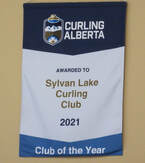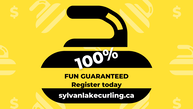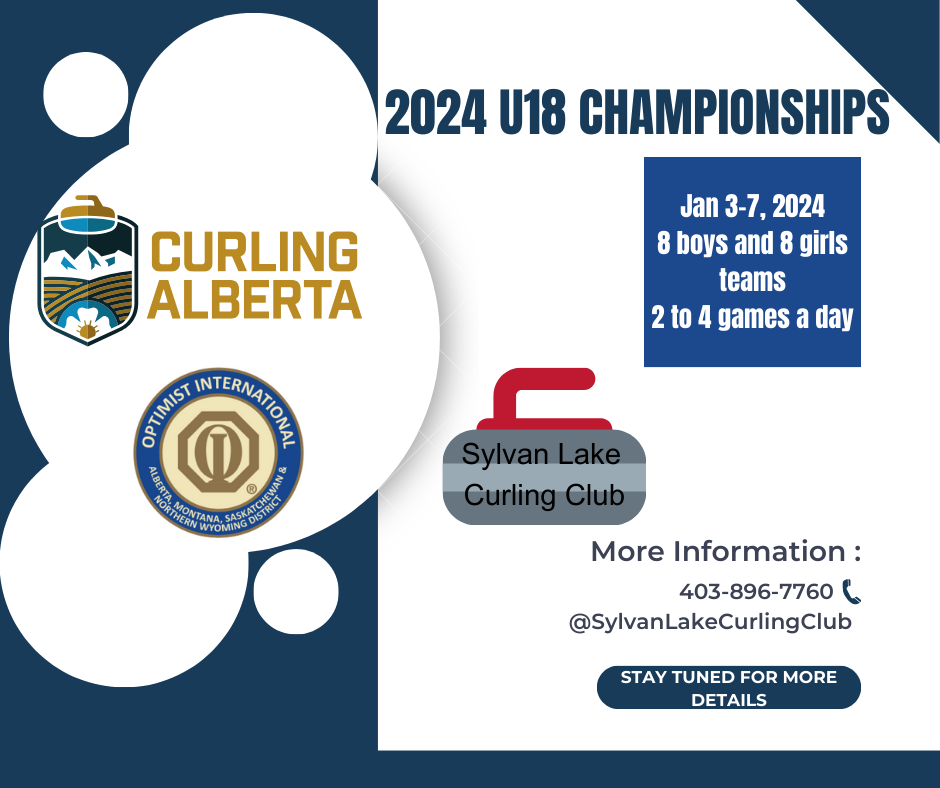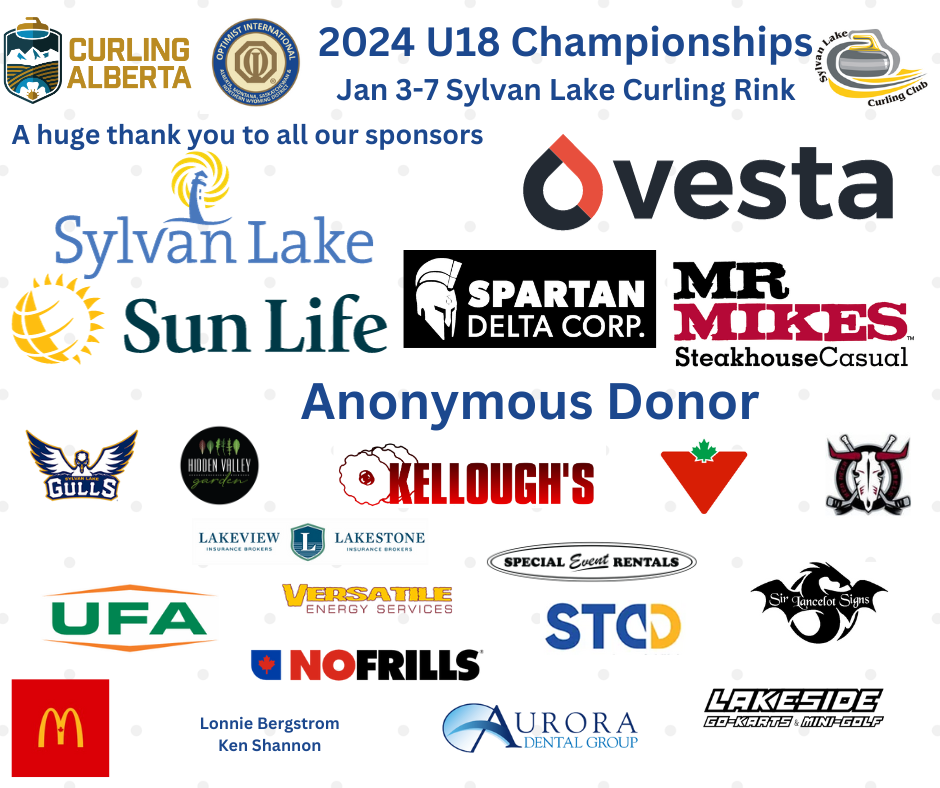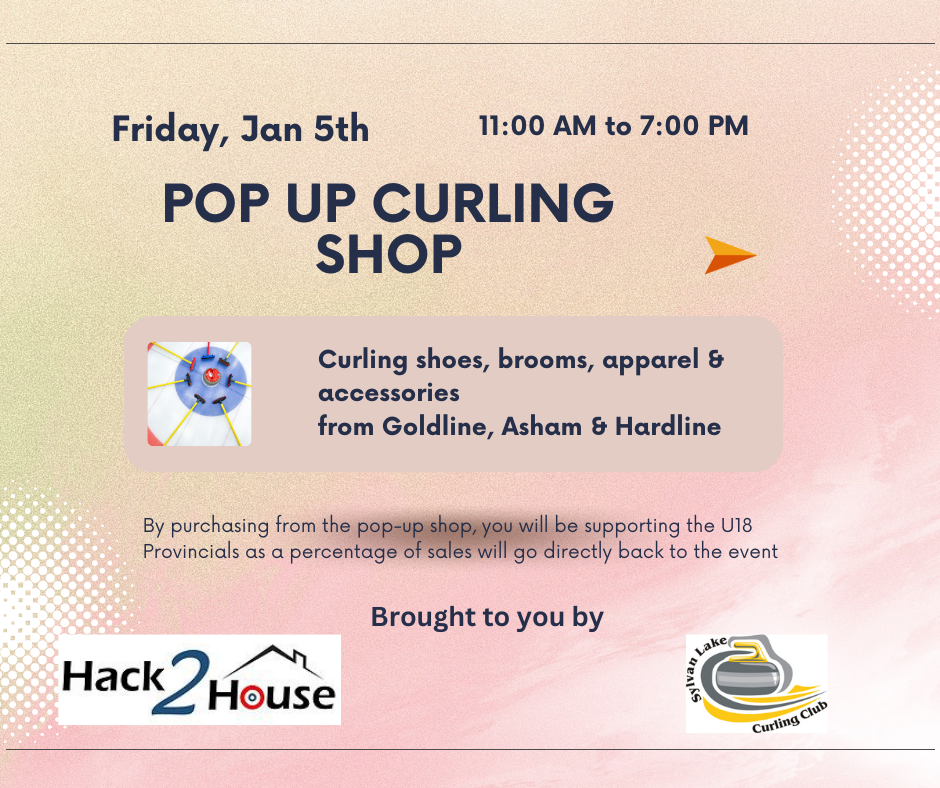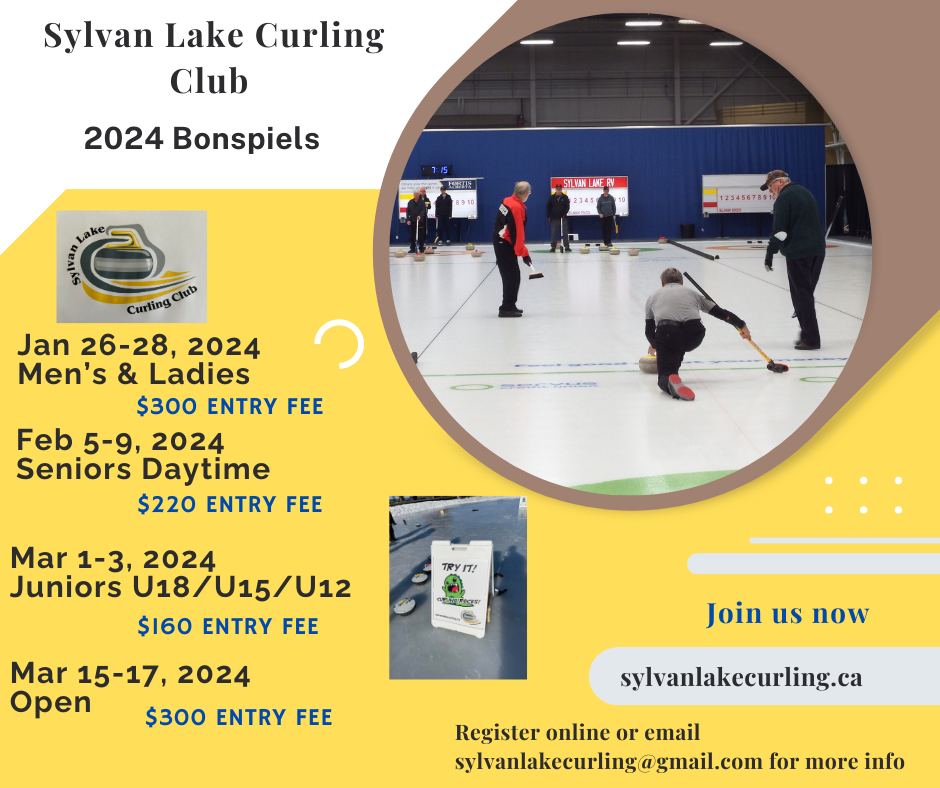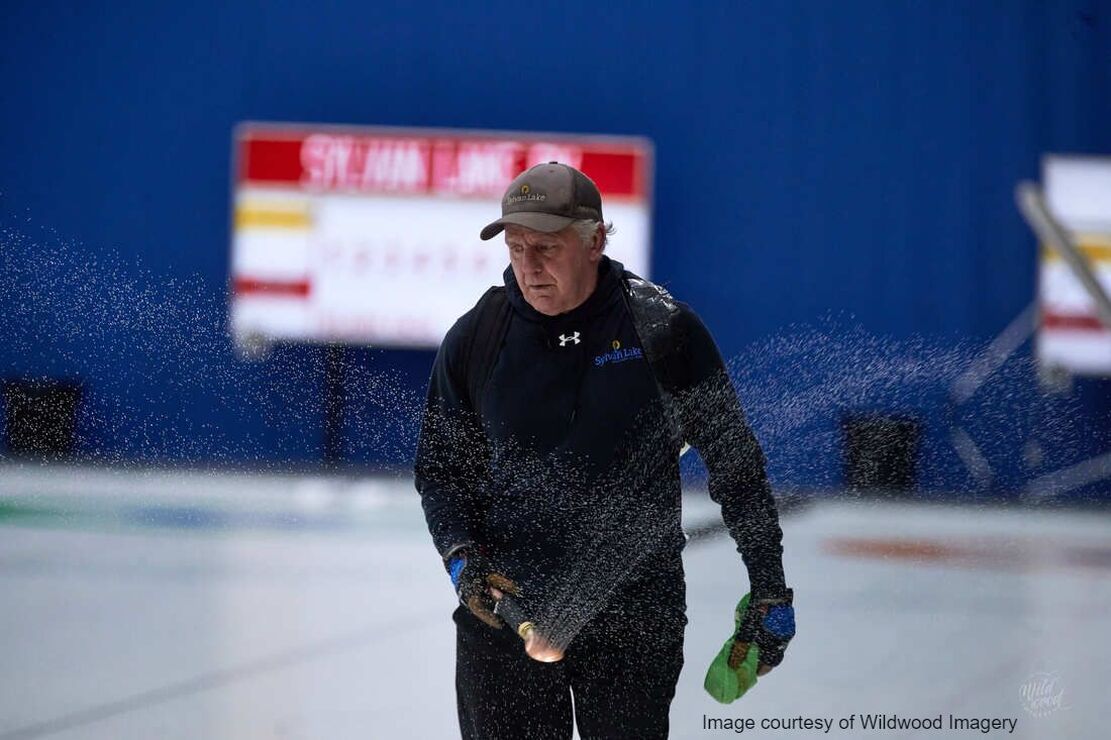|
So excited to be hosting the Curling Alberta Optimist 2024 U18 Championships in January. Our volunteer committee is working hard to get everything in place for Jan 3.
Come to the curling rink to see some great action out on the ice. Thanks to our volunteers for helping out. Did you know that we are on Facebook. Follow us for up to date news and all about our leagues and curling clinics. Bonspiel Information is now available! |
Want to join a league? Openings in Seniors, Stick, Juniors, Open and Men's leagues.
Beginner leagues starting up in January! Hurry hard and sign up.
Contact: sylvanlakecurling@gmail.com for more information.
Beginner leagues starting up in January! Hurry hard and sign up.
Contact: sylvanlakecurling@gmail.com for more information.
We are currently looking for people to fill the role of Ladies League Reps and a couple of Directors. If you are interested or know someone who might be interested in any of these positions, please have them put their name forward. We would love to have you join the executive team.
The Club appreciates all of the volunteers
and what they do and continue to do......
Thank you!
and what they do and continue to do......
Thank you!
|
|
We want to take a moment to let everyone know a bit more about the person behind the scenes that produces the great curling ice we get to curl on here in Sylvan Lake. Roger Huff is the curling ice technician for the Town of Sylvan Lake and comes from a family of ice techs. Ice making in the Huff family started with Roger’s father, Marvin Huff. Marv began his icemaking career back in 1974 and operated a company called Marv’s Ice Service. Marv did the ice for several curling clubs in the Edmonton area including the Thistle Curling Club. Other family members that were involved in the curling ice business included his uncle, Doug Huff, brothers Daryl and Robin, and Roger’s partner Jill. Between Roger and his family, they provided top quality curling ice for many clubs including Leduc, Beaumont, Spruce Grove, Barrhead, Stony Plain, Lamont, and the Thistle in Edmonton.
In 1991, Roger was registered to attend post secondary education as a Phys Ed teacher when his father offered him the opportunity to become an ice technician. Fortunately for the curling world, he chose the ice tech route. In his early career, Roger soon took over the icemaking at the Thistle Club when his father changed to manager of the club. Through much of his career, his partner Jill has worked alongside him as assistant ice tech. During his first twenty-one years as an ice technician Roger also worked as greenskeeper and assisted in managing the Kinsmen Pitch n’ Putt Golf Course in Edmonton’s river valley.
Some other interesting aspects of his career have been helping create ice for several high-profile events such as two Pinty’s bonspiels and the Senior Men’s and Ladies World Championship. Working at these world class events and his long family career of icemaking has made Roger a perfectionist with regards to every aspect of creating good curling ice. Now for those that haven’t had the opportunity to learn a bit about what goes into creating good ice here are a few tidbits from Roger. To start with, curling ice techs have a saying that some people make good ice and others just freeze water. Ice making starts with good water. The water must be run through a reverse osmosis system to remove impurities and get the correct PH. Good curling ice requires a proper balance of both ice and air temperature to ensure the ice surface is keen but also hard enough to not lose the pebble partway through the game. Air flow and relative humidity must be managed to ensure the surface is consistent and does not have any frost buildup. Roger scrapes the ice surface about three times per week to maintain a smooth even surface. Pebbling requires a fine base pebble using 90 degree water and then a larger top pebble using 120 degree water. After the pebble, the ice is nipped and swept just before the start of the game. How the pebble is applied can affect the keenness of the ice as well as the amount of curl. Another factor effecting the amount of curl is texturing of the rocks by scratching the running surface with sandpaper. This will significantly affect the amount of curl for the rocks and is a very precise task that is only done once or twice per year at the club level of curling.
In addition to making the ice, Roger is also an avid curler and is still curling in the men’s league here in Sylvan Lake. He has curled with some very competitive teams along the way and helped develop some young curlers including a young Ted Appelman who later continued on to become the alternate team member for Kevin Koe. He is also very willing to help with making draws for bonspiels, looking for ideas to improve the club and actively recruiting new curlers.
With thirty-one years in the icemaking business, Roger is now helping to train his current assistant Carter Graham. Carter has taken the level one ice tech course and has been working alongside Roger for the past year. I’m sure Roger’s skills and knowledge will help Carter become an excellent ice tech in the future.
If you ever have a chance to sit down with Roger, you will be sure to get lots of stories about curling. Roger jokingly says that one of the biggest challenges of icemaking is convincing curlers that sometimes it isn’t the ice or the rocks that made you miss the shot and just maybe you missed the broom.
In 1991, Roger was registered to attend post secondary education as a Phys Ed teacher when his father offered him the opportunity to become an ice technician. Fortunately for the curling world, he chose the ice tech route. In his early career, Roger soon took over the icemaking at the Thistle Club when his father changed to manager of the club. Through much of his career, his partner Jill has worked alongside him as assistant ice tech. During his first twenty-one years as an ice technician Roger also worked as greenskeeper and assisted in managing the Kinsmen Pitch n’ Putt Golf Course in Edmonton’s river valley.
Some other interesting aspects of his career have been helping create ice for several high-profile events such as two Pinty’s bonspiels and the Senior Men’s and Ladies World Championship. Working at these world class events and his long family career of icemaking has made Roger a perfectionist with regards to every aspect of creating good curling ice. Now for those that haven’t had the opportunity to learn a bit about what goes into creating good ice here are a few tidbits from Roger. To start with, curling ice techs have a saying that some people make good ice and others just freeze water. Ice making starts with good water. The water must be run through a reverse osmosis system to remove impurities and get the correct PH. Good curling ice requires a proper balance of both ice and air temperature to ensure the ice surface is keen but also hard enough to not lose the pebble partway through the game. Air flow and relative humidity must be managed to ensure the surface is consistent and does not have any frost buildup. Roger scrapes the ice surface about three times per week to maintain a smooth even surface. Pebbling requires a fine base pebble using 90 degree water and then a larger top pebble using 120 degree water. After the pebble, the ice is nipped and swept just before the start of the game. How the pebble is applied can affect the keenness of the ice as well as the amount of curl. Another factor effecting the amount of curl is texturing of the rocks by scratching the running surface with sandpaper. This will significantly affect the amount of curl for the rocks and is a very precise task that is only done once or twice per year at the club level of curling.
In addition to making the ice, Roger is also an avid curler and is still curling in the men’s league here in Sylvan Lake. He has curled with some very competitive teams along the way and helped develop some young curlers including a young Ted Appelman who later continued on to become the alternate team member for Kevin Koe. He is also very willing to help with making draws for bonspiels, looking for ideas to improve the club and actively recruiting new curlers.
With thirty-one years in the icemaking business, Roger is now helping to train his current assistant Carter Graham. Carter has taken the level one ice tech course and has been working alongside Roger for the past year. I’m sure Roger’s skills and knowledge will help Carter become an excellent ice tech in the future.
If you ever have a chance to sit down with Roger, you will be sure to get lots of stories about curling. Roger jokingly says that one of the biggest challenges of icemaking is convincing curlers that sometimes it isn’t the ice or the rocks that made you miss the shot and just maybe you missed the broom.
